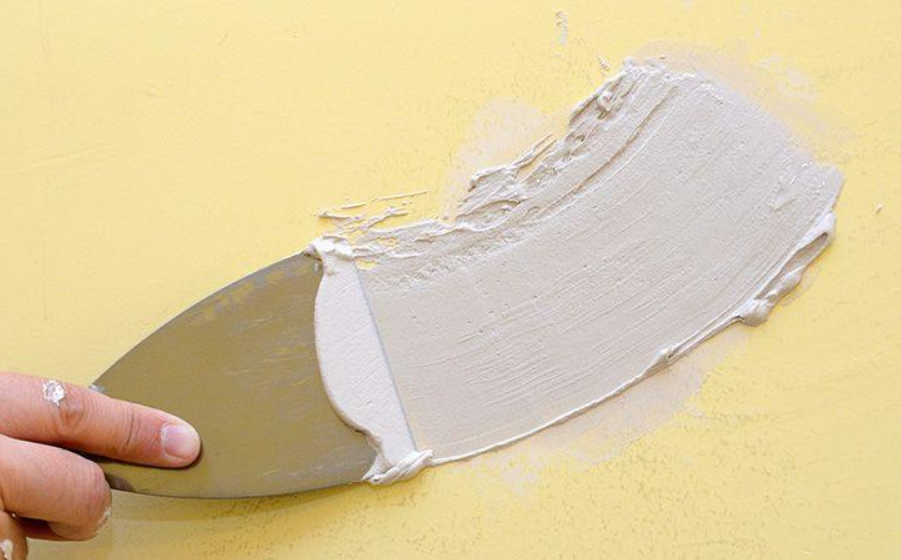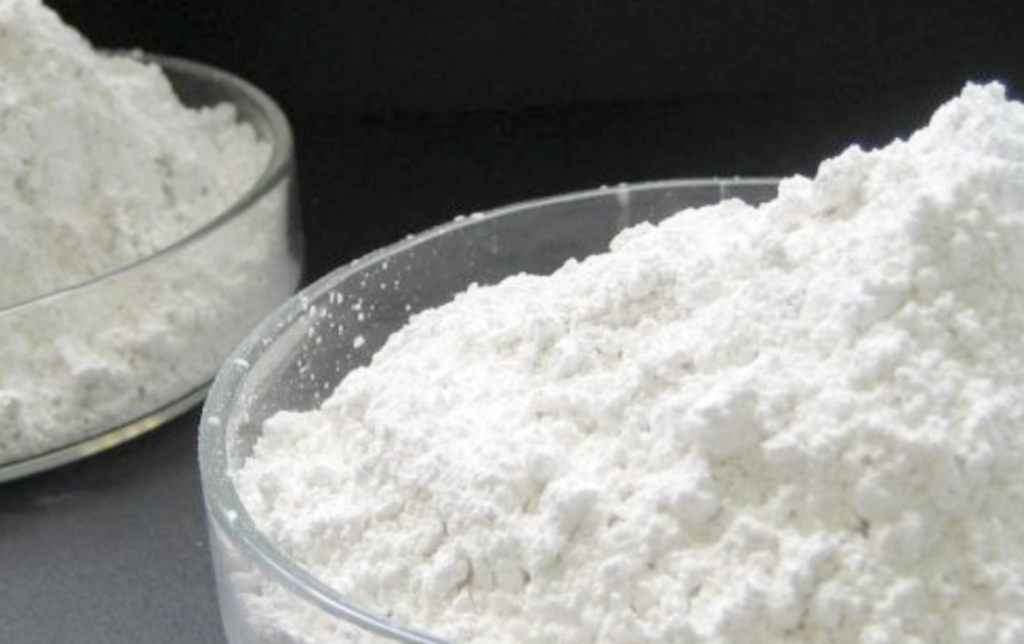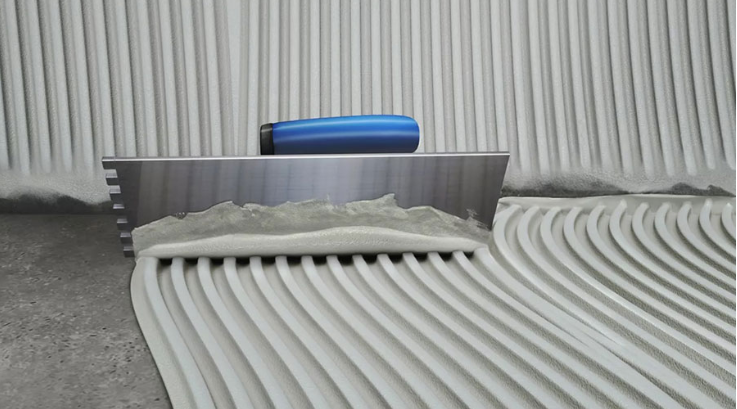Now the Redispersible Polymer powder commonly used is mainly vinyl acetate-ethylene (referred to as VCAE) and vinyl acetate-vinyl tertiary acid (referred to as Ve0Va). Improving the bonding tensile strength of cement mortar and various substrates is the most crucial characteristic of vinyl copolymers, especially its ability to withstand significant changes in ambient temperature. In addition, it is conducive to developing long-term tensile bond strength of cement mortar. After two and a half years of storage in the air, the bond tensile strength of modified cement mortar is still increasing, while the tensile bond strength of ordinary cement mortar is significantly lower than that of maintaining the strength for 28d. Studies have shown that after ten years of application of three redispersible polymer dry powder modified cement mortars, such as polyethylene vinyl acetate, styrene/acrylic acid copolymer, and ethylene/vinyl chloride/vinyl laurate terpolymer, the cement mortar have stable bond strength, flexural strength, and compressive strength. In a five-year-old finishing mortar, the terpolymer still performed well in an aqueous environment with an excellent hydrophobic effect.

- The effect of Redispersible Polymer Powder in dry-mixed mortar
Adding Redispersible Polymer Powder into the mortar is a modification, also known as Polymer Modified Cement Mortar, to improve the weaknesses of traditional cement mortar, such as brittleness and high elastic modulus. Therefore, mortar with better flexibility and tensile bond strength can resist or delay the generation of cement mortar cracks. Since the polymer and cement mortar form an interpenetrating network structure, a continuous polymer film is formed in the pores, which strengthens the bonding between the aggregates and blocks some pores in the mortar, so various properties after hardening are much better than ordinary cement mortar. It is mainly manifested in the following characteristics:
(1) Strength
Generally speaking, the tensile strength and flexural strength of Polymer Modified Cement mortar are significantly improved compared with ordinary cement mortar, while the compressive strength is not, or even decreased. The increase is mainly attributed to the higher tensile strength of the polymer itself and the improvement of the bond between the cement hydration product and the aggregate.
The cracking will occur when the tensile stress exceeds its tensile strength value, mainly caused by tensile failure. Therefore, having a high tensile strength value is a necessary condition for crack resistance.
Studies have shown that with the increase of the poly-ash ratio, the tensile strength of the polymer-modified mortar generally increases first and then declines, indicating an optimal dosage range and the decline is typically the addition of excess. The Redispersible Polymer Powder introduced excessive air bubbles, resulting in a downward trend in compressive strength. In addition, since the elastic modulus of the polymer is lower than that of cement mortar, and the polymer chain segment is more flexible, it cannot provide rigid support when the composite is under pressure, resulting in a decrease in the compressive strength of the modified mortar as the poly-ash ratio increases. Therefore, the primary means to improve the compressive strength is to adjust the lime-sand ratio, water-cement ratio, aggregate gradation, and aggregate type. It can enhance tensile and flexural strength, flexibility, crack resistance, and hydrophobicity by adding a certain amount of Redispersible Polymer Powder, but not as much as possible. Adding silica fume can replace part of cement and Redispersible Polymer Powder, reducing the cost and improving the compressive and flexural strength.
(2) Elongation
The elongation and toughness of the mortar added with Redispersible Polymer Powder are much better than that of ordinary cement mortar; the fracture energy is more than twice that of ordinary cement mortar and the impact toughness increases with the higher of the aggregate-ash ratio. With the rise of the content of Redispersible Polymer Powder, the flexible cushioning effect of the polymer can inhibit or delay the development of cracks. At the same time, it has a better stress dispersion effect when the stress is generated by the deformation of the substrate, which will be transmitted or dispersed to avoid cracking due to stress concentration.

In addition, it should also be noted that there is a specific matching relationship between the tensile strength and elongation of the material. The high content of flexible Redispersible Polymer Powder will increase the elongation and make the polymer in a continuous phase. The polymer dominates in the hardening cement mortar, showing a decrease in tensile strength and water resistance. However, in the initial stage of the hydration heat reaction, the low tensile strength will make it quickly approach the ultimate tensile strength value, which causes the material to be prone to fatigue and fracture. So while ensuring sufficient elongation at break, it should also have the highest possible tensile strength value.
The external thermal insulation system should be placed in a flexible environment. The polystyrene board adhesive and plastering mortar should first choose flexible Redispersible Polymer Powder with a low glass transition temperature to release various deformation stresses in time.
Experiments have shown that the amount of flexible Redispersible Polymer Powder in the polystyrene board adhesive is about 3%, the amount of crack-resistant plastering mortar is controlled between 4% and 5%, and the amount of adhesive for exterior wall tiles is about 3%. The folding ratio is less than 3, which can effectively control the expansion, hollowing, and cracking caused by deformation.
(3)Adhesive property
The bonding ability of cement mortar with Redispersible Polymer Powder is much better than that of ordinary cement mortar, mainly due to the bonding ability shown by the characteristics of the polymer, and the bonding strength increases with the rise of the content. However, there is an optimal dosage range and cost considerations.
High bond strength can have a specific inhibitory effect on shrinkage, and the stress generated by deformation is easy to disperse and release, so bond strength is essential to improve crack resistance. Studies have shown that the synergistic effect of methylcellulose and Redispersible Polymer Powder is beneficial to improve the bond strength of cement mortar. The bonding mechanism of polymers depends more on the adsorption and diffusion of macromolecules on the bonding surface. At the same time, the polymer has a specific permeability, and together with methylcellulose acyl, it can fully infiltrate the surface of the base material, which is close to that of freshly applied mortar, thereby improving the adsorption of freshly applied mortar and base material, and significantly strengthening the bonding performance. In addition to improving the adhesion to the smooth substrate, the polymer-modified mortar also has the effect of closing the surface pores of the substrate, especially for those porous substrate surfaces, which can improve the waterproof, impervious, and freeze-thaw resistance of the base.
(4)Elasticity modulus
The elastic modulus of Redispersible Polymer Powder is low, in the range of 0.001-10GPa, while the elastic modulus of cement mortar is high, in the range of 10-30GPa. Therefore, the elastic modulus of cement mortar modified by adding Redispersible Polymer Powder is smaller than that of ordinary cement mortar. The type and amount of Redispersible Polymer Powder added also affect the elasticity modulus, which usually increases the polymer-cement ratio, the modulus of elasticity, and the deformation ability.
(5) Abrasion resistance
The wear resistance of the modified mortar is related to the type of Redispersible Polymer Powder and the polymer-cement ratio. Generally speaking, increasing the polymer-cement ratio raises the wear resistance mainly due to a certain amount of organic polymers on the wear surface. The polymer acts as a bond so that the mesh structure formed by the polymer can pass through the cement mortar. The pores and cracks in the cement improve the bonding between the aggregate and the cement hydration product, therefore the wear resistance is improved.

In the polymer-modified mortar, the mesh structure formed by the polymer filling seals the holes and cracks and reduces the porosity in the cement mortar, thereby improving the cement mortar’s impermeability, water and freezing resistance, which along with the increase of polymer-cement ratio.
Different types of Redispersible Polymer Powder have significant differences in water resistance. Usually, vinyl acetate powder (VAC, commonly known as Redispersible Polymer Powder formed by spraying white latex) modified mortar has poor water resistance. Therefore, except that the occasion that does not have water resistance requirement also may use VAC, basically do not use VAC for mortar modification. On the other hand, VAC is prone to saponification reactions in a strong base and loses its bond strength, so it is unsuitable for use with cement mortar. VAC can usually be used in gypsum-based products and putty powder without cement.
(6) Permeability
The water vapor permeability of building materials is of great significance. Waterproof and air permeability are desired on many occasions. Polymer-modified mortar has low water absorption and improved water resistance but still has a specific water vapor permeability which will decrease with the increase of polymer content. At the same time, it can be compounded with some Hydrophobic materials to improve its all-around performance.
(7) Freeze-thaw resistance
The porosity is reduced due to the significantly reduced water absorption of the polymer-modified mortar and the filling effect of the polymer. The Redispersible Polymer Powder has a specific air-entraining impact, and its freeze-thaw resistance is better than that of ordinary mortar. At the same time, with the increase of Redispersible Polymer Powder, the bond tensile strength of mortar before and after freeze-thaw cycles also showed an increasing trend. During construction in winter, adding an appropriate amount of calcium formate and antifreeze can significantly improve the mortar’s early strength and antifreeze performance.

Many experiments have shown that the amount of Redispersible Polymer Powder in cement mortar is not the more, the better. Lime-sand ratio, water-cement ratio, aggregate gradation, type, and features will ultimately affect the product’s overall performance. The polymer-improved cement mortar exhibited different properties when the content of the Redispersible Polymer Powder was varied. When the amount is too low, the polymer only has some plasticizing effect on the cement mortar, but the reinforcing effect is not apparent. When the amount is too large, the polymer dominates in the cement mortar, interrupting the continuous phase of the cement mortar and eventually leading to a decrease in strength. When the polymer content is moderate, it increases the deformation resistance, tensile strength, and bonding strength, improves the impermeability, and shows good crack resistance.



